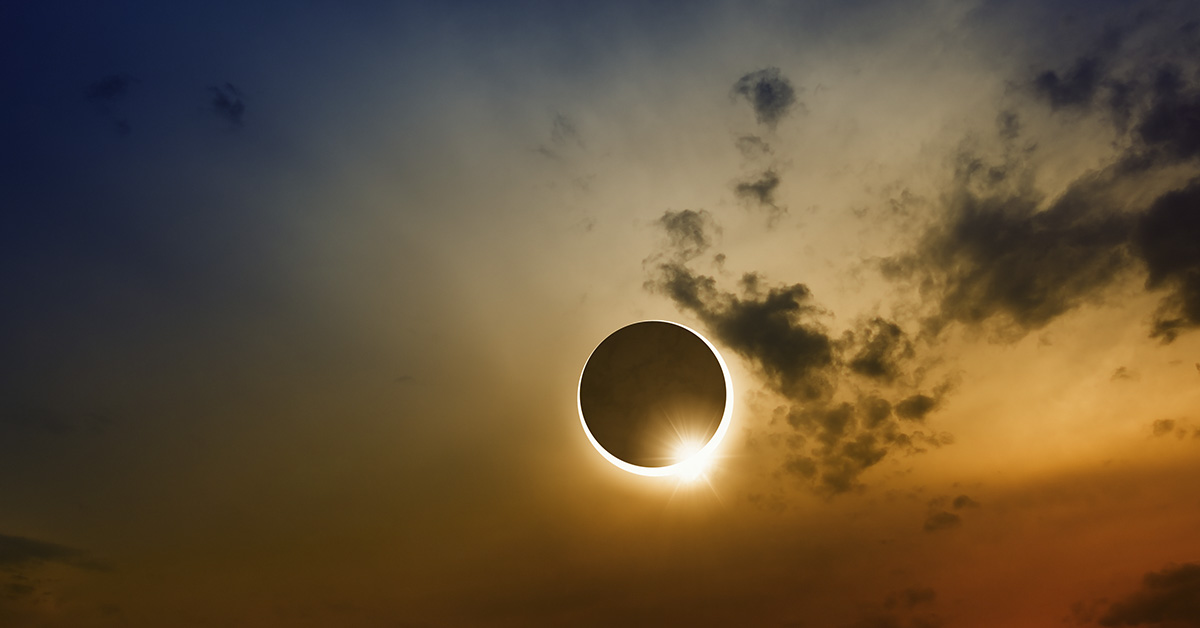On October 14, 2023, an annular solar eclipse will pass over North America. Also known as a “ring of fire” solar eclipse, this is an epic once-in-a-lifetime event. In fact, this is reportedly the first time this sight will be visible in North America in addition to Central and South America. Remember that this eclipse is very different from a total solar eclipse (due on April 8, 2024).
“They are two completely different experiences,” said Jayne Aubele, Senior Educator at the New Mexico Museum of Natural History & Science. “With an annular, you don’t get darkness, cooler temperatures or the ‘black hole sun’ effect, but what you do get is a ‘ring of fire‘ that’s remarkable in its own right.” An annular solar eclipse happens when the moon crosses the sun, covering about 91% of it, creating the incredible ring effect. Remember, you’ll need solar eclipse glasses to witness it. Here are a few more things to know about the event. [1]
7 Facts About the Upcoming Annular Solar Eclipse
There are many places to watch it.
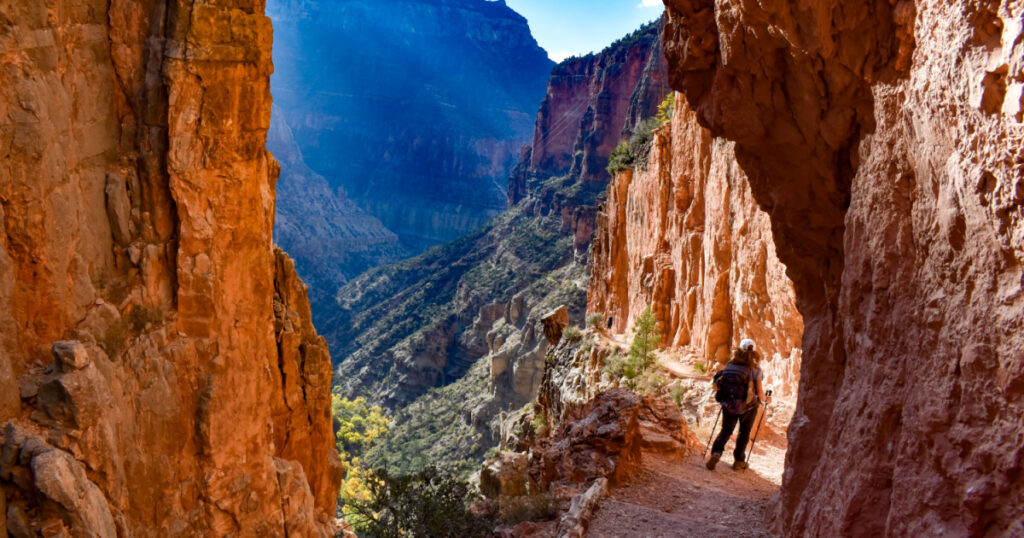
Currently, the best views are in the southwest of the U.S. and at the Mayan temple at Edzná on Mexico’s Yucatán Peninsula. “It matters where you are across the path — being close to the center gives you a longer duration than if you’re at the edge,” said Angela Speck, an astronomer at the University of Texas, San Antonio, and AAS Solar Eclipse Task Force. Many national parks and cities will get a good view of the Ring of Fire and a partial solar eclipse before and after the main event. Remember, the actual ring of fire will only be visible for a few specific minutes, so check the exact time beforehand. Also, check the weather! You’ll want clear skies. These locations include:
- Albuquerque, New Mexico
- Bryce Canyon National Park, Utah
- Canyonlands National Park, Utah
- Capitol Reef National Park, Utah
- Chaco Culture National Park, New Mexico
- Crater Lake National Park, Oregon
- Corpus Christi, Texas
- Great Basin National Park, Nevada
- Lava Beds National Monument, California
- Mesa Verde National Park, Colorado
- Monument Valley Navajo Tribal Park, Arizona
- Natural Bridges National Monument, Utah
- Oregon Dunes, Oregon
- Padre Island National Seashore, Texas [2]
You may also be able to see the eclipse or a partial eclipse in other areas of the world. Check your location and viewing times on timeanddate.com.
People from Alaska to Argentina will see a partial solar eclipse.
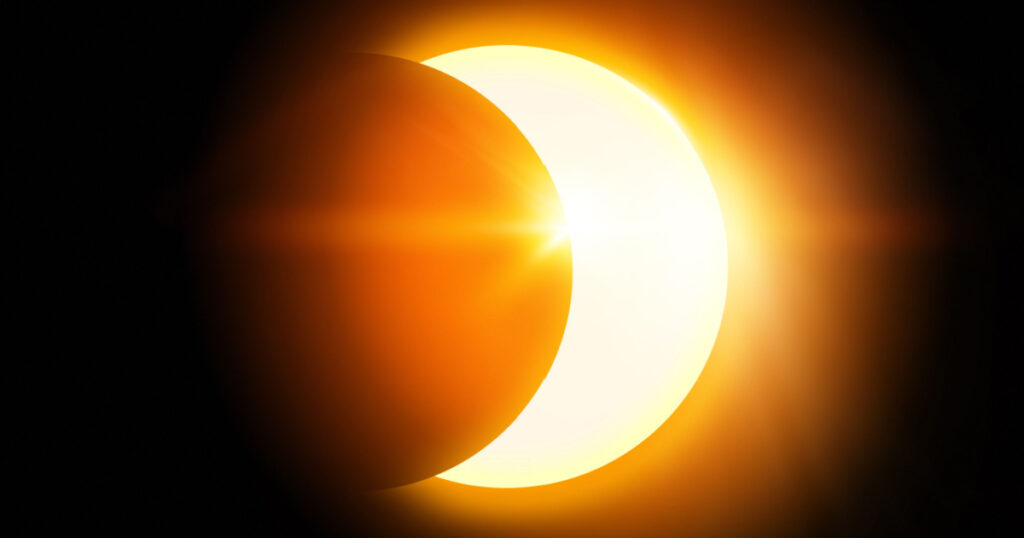
Not everyone will be able to see the full ring of fire, but many more will be able to view a partial eclipse throughout North and South America. For instance, people in Salt Lake City will see the moon blocking 86% of the sun, Las Vegas will see 82%, Dallas 80%, Denver 78%, Los Angeles 70%, New York City 23%, and a region in Canada (fittingly called Ring of Fire) will see 25%.
The eclipse is caused by a ‘micro moon.’
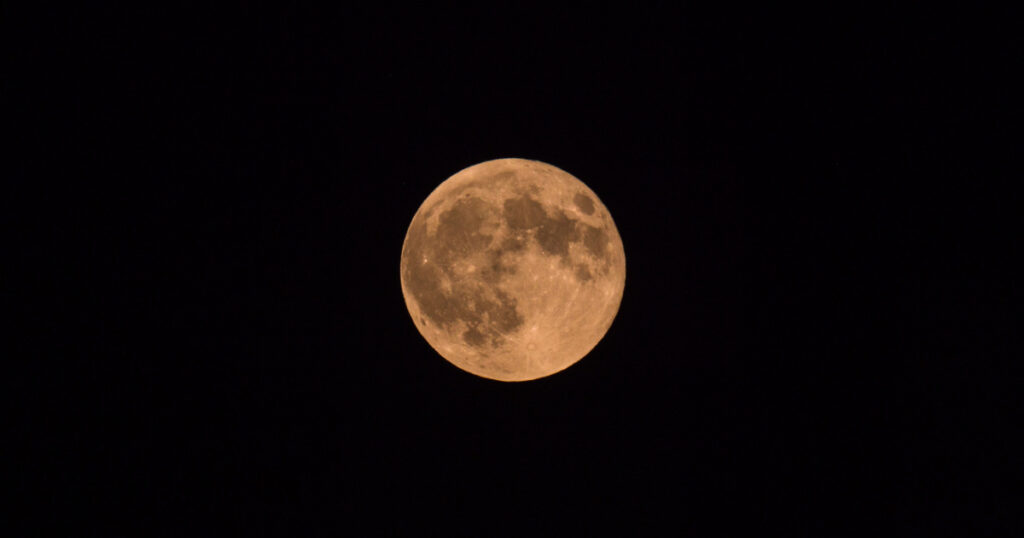
Unlike a full solar eclipse, an annular eclipse doesn’t cover all the sun. This October, the moon will cover no more than 91% of it at any time. This is because the moon’s orbit will take it farther away from the Earth, which will look about 4% smaller than usual. Astronomers call this an apogee new moon or a “micro moon,” which is the opposite of the more well-known term “supermoon.”
The eclipse will reflect in America’s deepest lake.
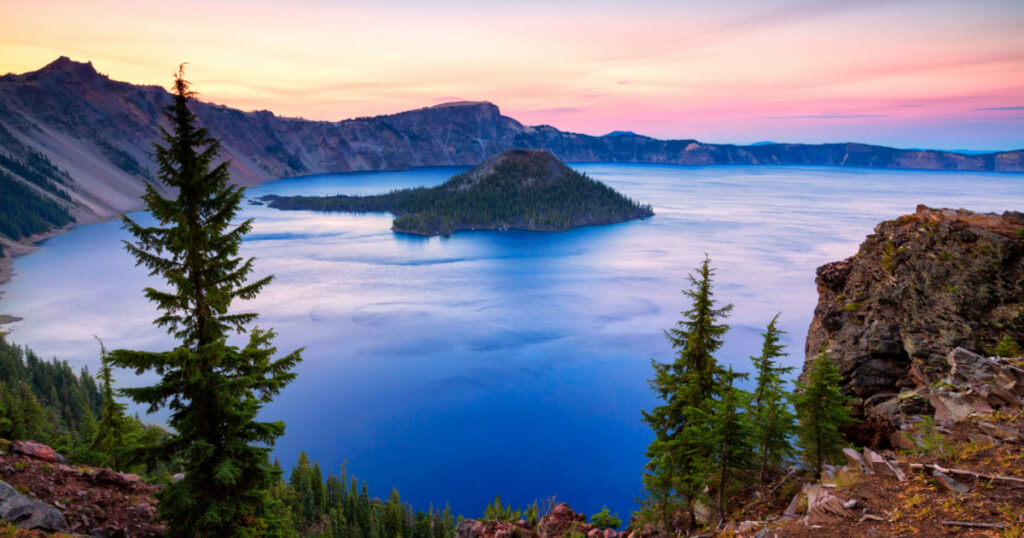
If anyone wants a recommendation on where to view the event, look no further than Oregon’s Crater Lake National Park. People on the Watchman Peak Trailhead can watch the ring of fire for 4 minutes and 23 degrees over the southeast horizon — and reflected in the clear lake over 1,900 feet deep. However, it may snow in October, so check the weather beforehand.
Two rock arches will frame the ring of fire.
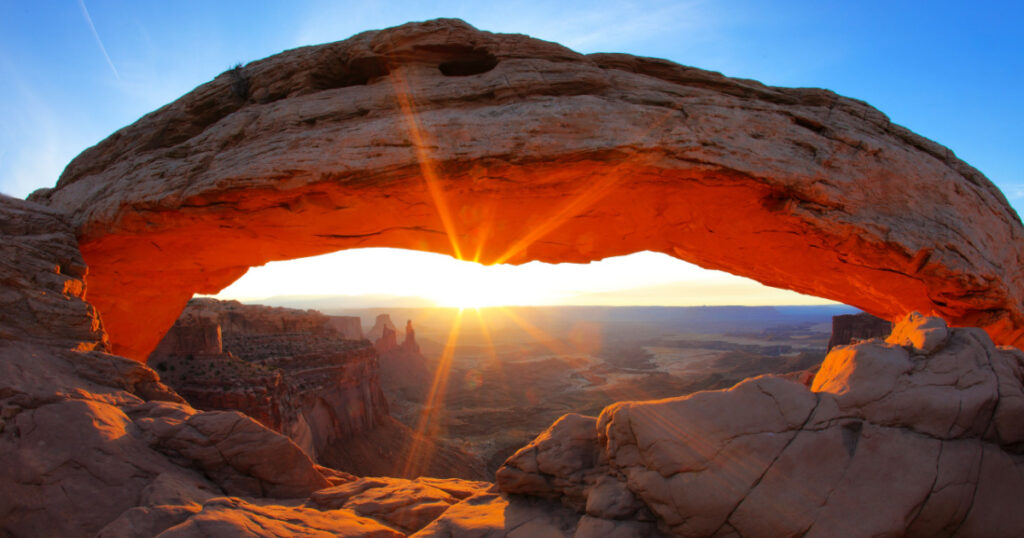
Another viewing recommendation is in the Four Corners region. Utah’s Canyonlands National Park features the Mesa Arch, a beautiful natural stone arch on the edge of a cliff. Usually, visitors can witness many other spectacular sights through it, including canyons, sandstone towers, and the La Sal Mountains. But eclipse-chasers will also be able to see a broken ring of fire framed by the Mesa Arch. The same framing will also occur at La Ventana Natural Arch near Grants, New Mexico.
It will create an optical illusion.
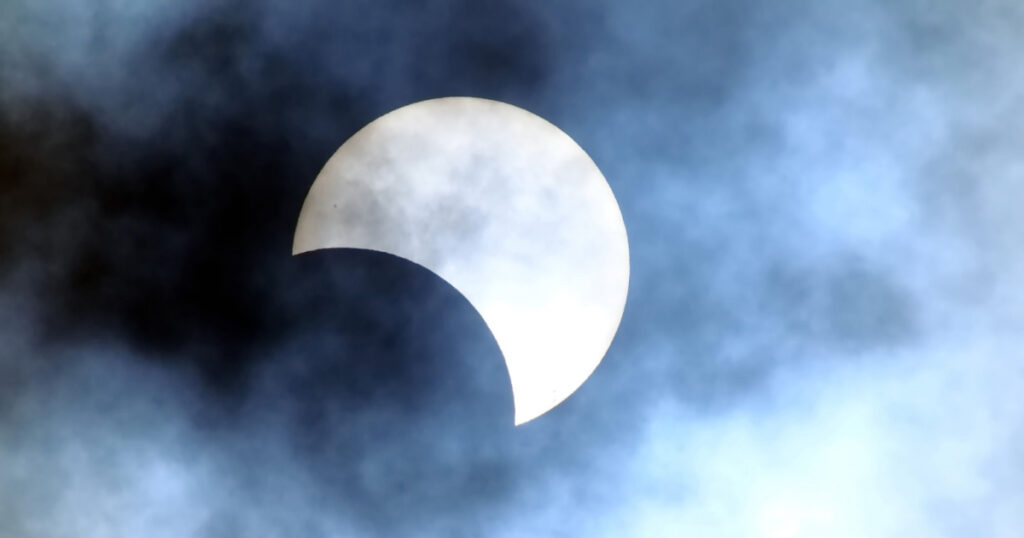
All solar eclipses involve a new moon crossing the sun, but the moon during an annular solar eclipse looks smaller than the sun, creating a unique optical illusion. See, people watching from the edge of the eclipse’s path will witness the moon crossing the sun to cover part of it, then rotate and start moving backward. This isn’t really happening; the moon is moving across the sky like usual. But because the moon and sun move independently without clear reference points for humans to see, it could play a trick on the eyes.
This will be the last annular solar eclipse in the U.S. until 2039.
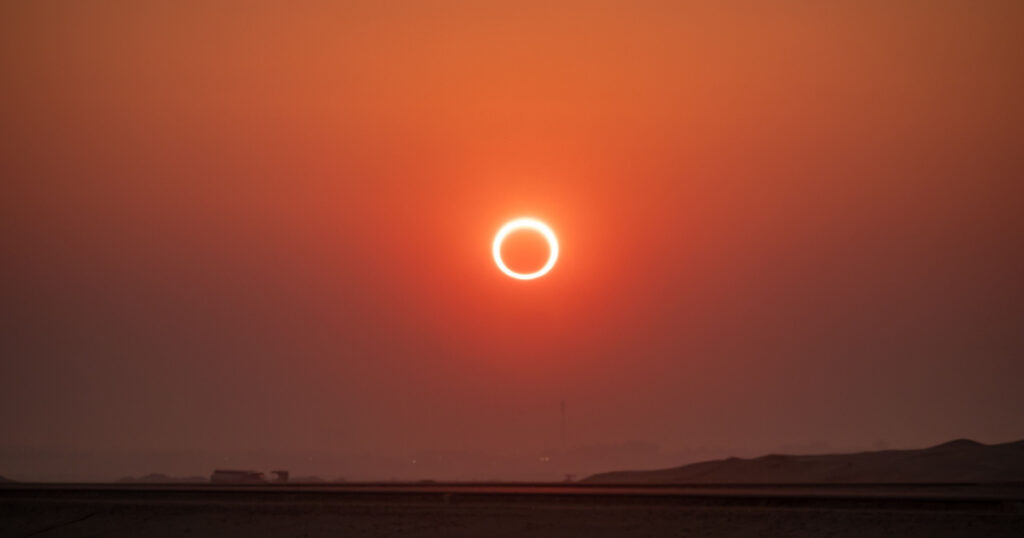
The next annular solar eclipse that will be visible in the United States is due on June 21, 2039, although only people in Alaska and northwest Canada will be able to view it. Americans will have to travel to see another eclipse like this, which is due on October 2, 2024, in Chile and Argentina. The last one seen in the U.S. took place on May 20, 2012, so this upcoming event in October may be truly a once-in-a-lifetime experience. [3]
If you can’t watch the eclipse in person, you can watch it virtually through timeanddate.com, which is hosting a livestream of the event. You can click on the “notify me” option on this video to get alerted for when the stream goes live so you won’t miss it.
Keep Reading: Lunar And Solar Eclipses 2023 – Dates, Folklore, And Facts
Sources
- “’Ring of fire’ solar eclipse 2023: How to watch in-person (and virtually).” Live Science. Jamie Carter. August 13, 2023
- “Annular solar eclipse 2023: Everything you need to know about North America’s ‘ring of fire’ eclipse.” Space. Jamie Carter. March 23, 2023
- ““Ring Of Fire” Solar Eclipse 2023: 10 Strange Facts.” Farmer’s Almanac. Jamie Carter. August 25, 2023
